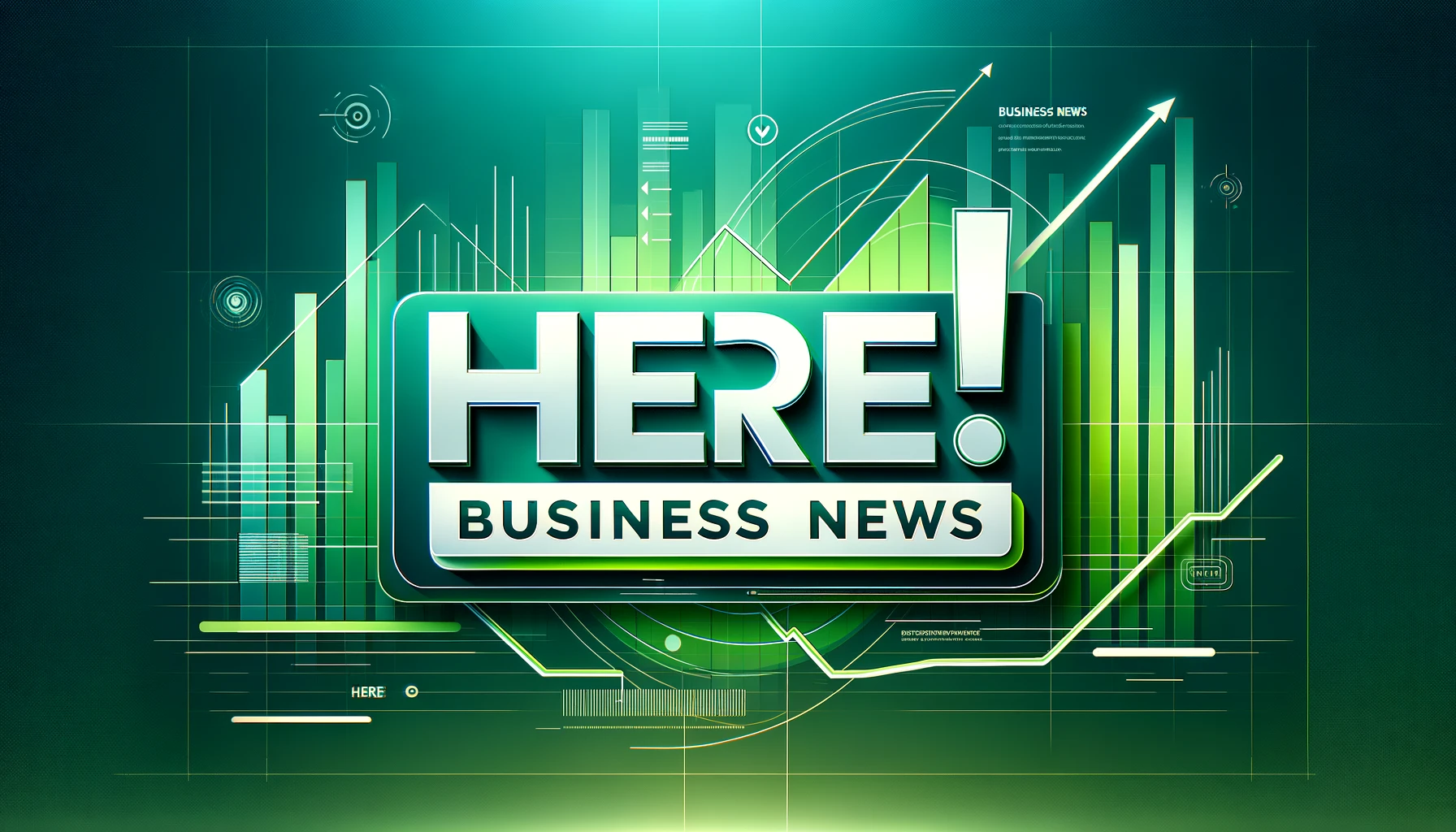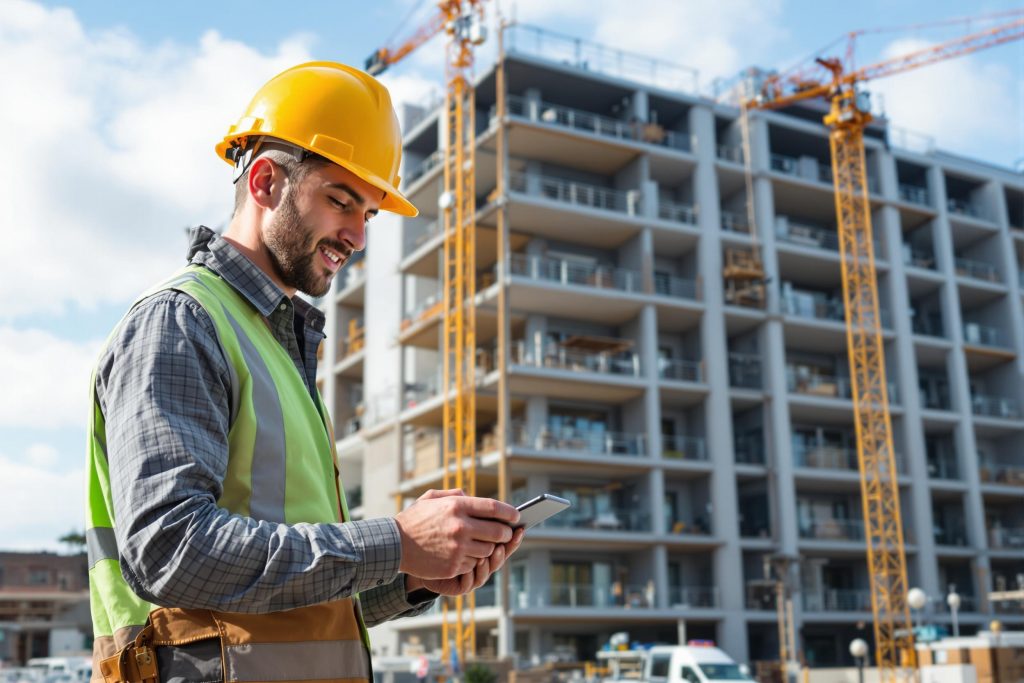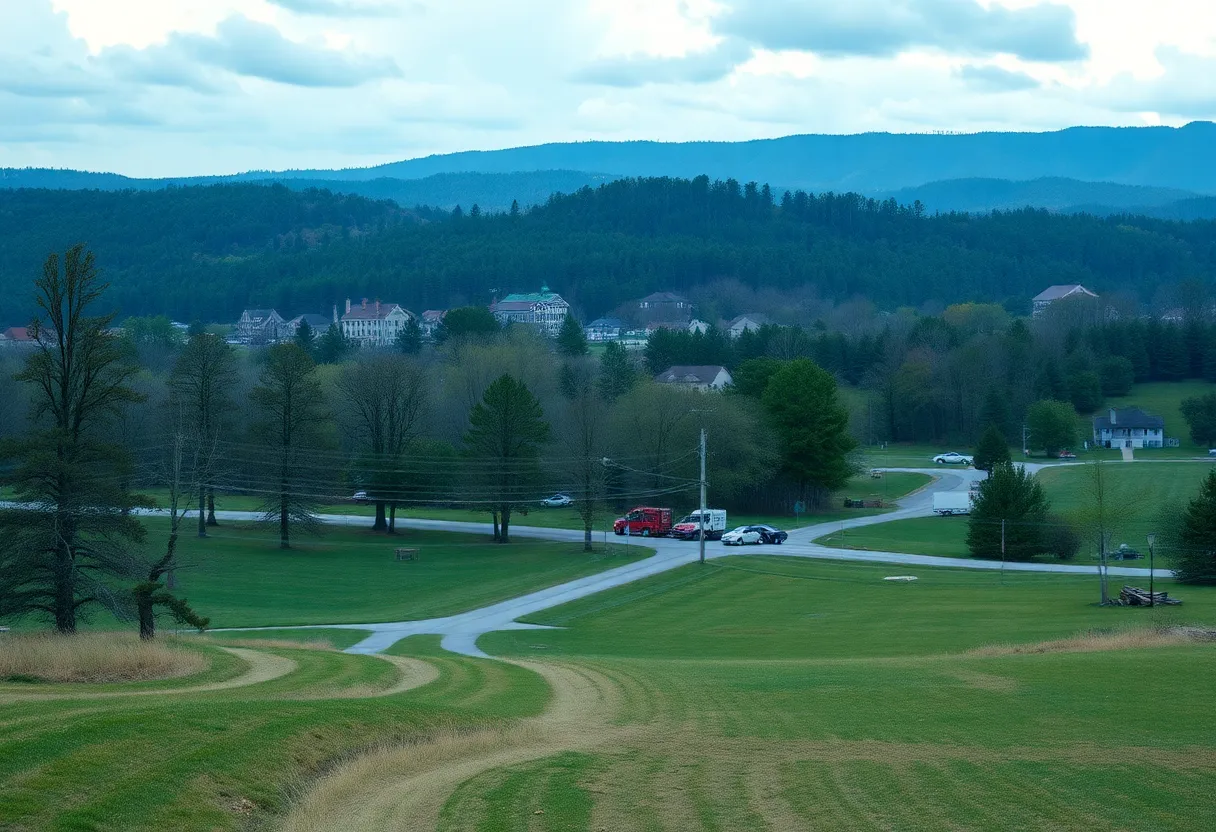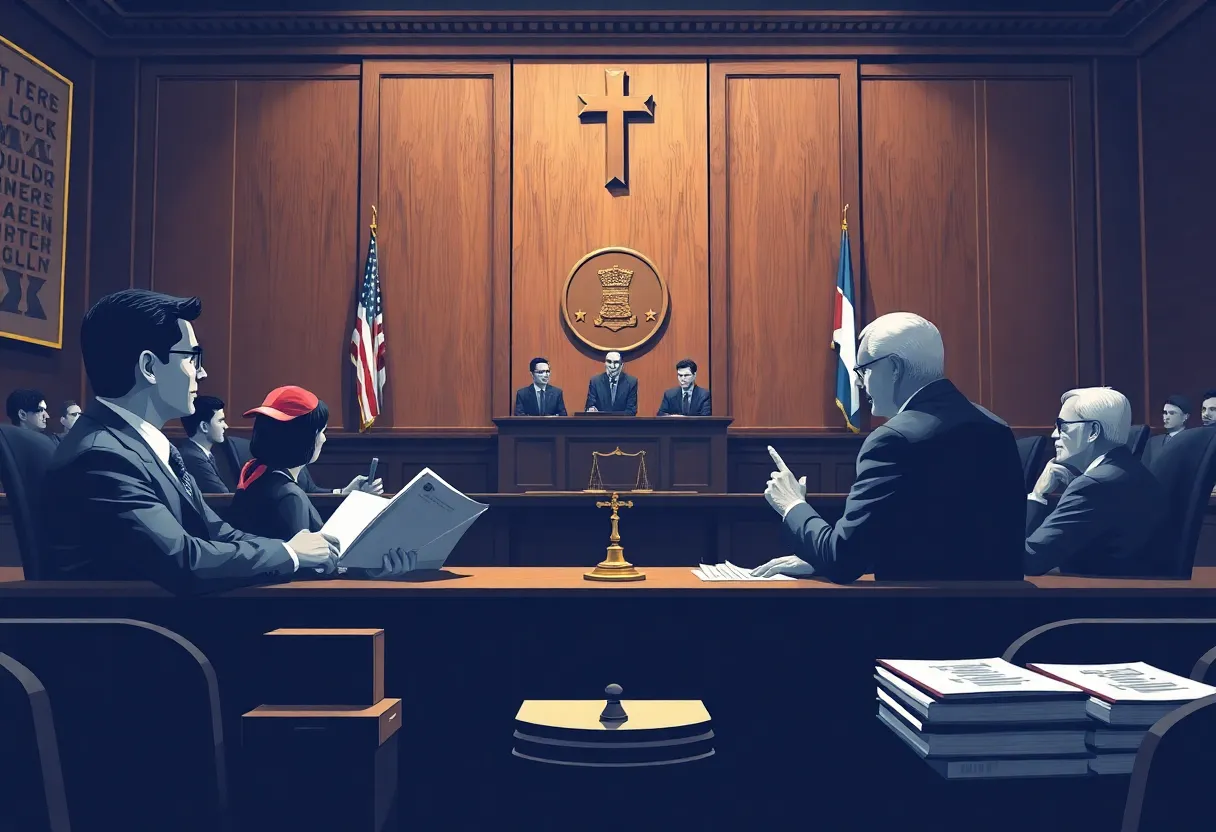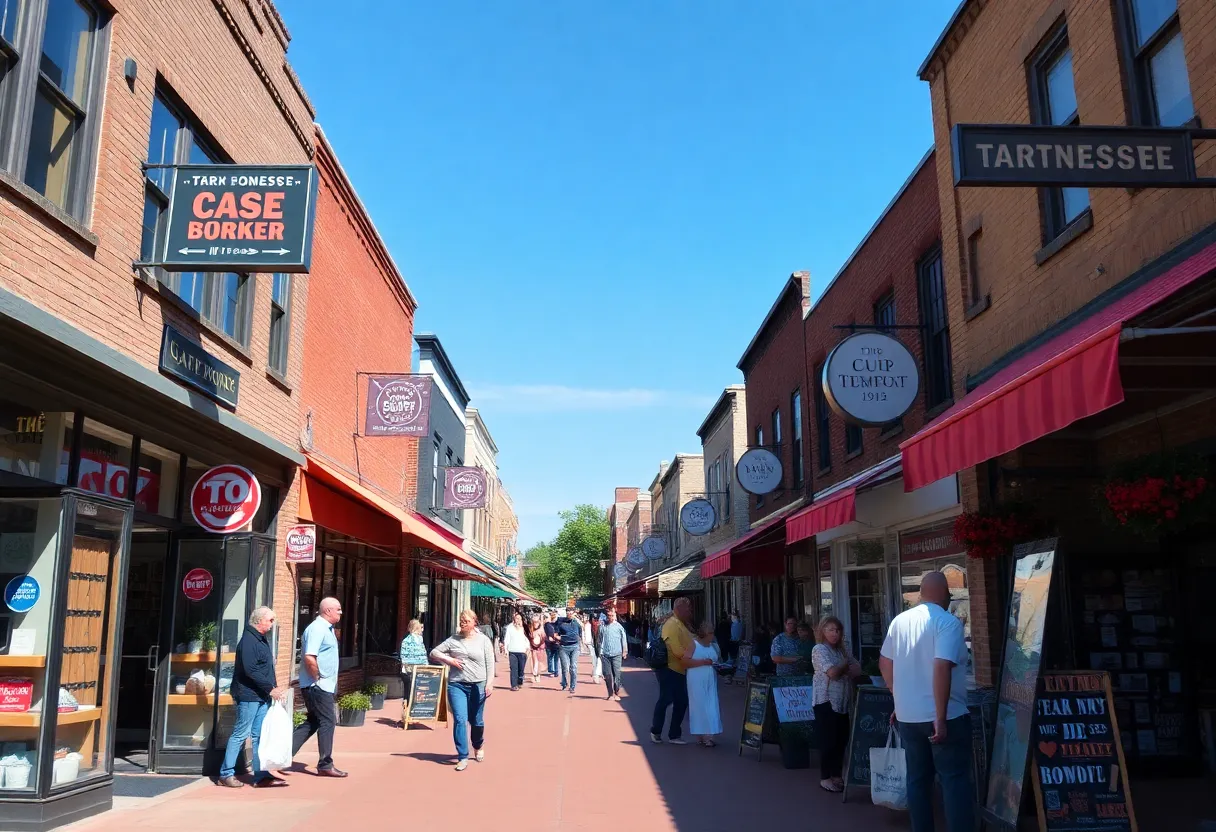Public Funds for Private Benefit: How Memphis Fiber Plans May Worsen Digital Divides, Drain More Money from Schools
In May 2024, the city of Memphis initiated a substantial fiber internet buildout across 85% of its terrain. However, this proposed plan has raised concerns about the deepening of digital divides and draining of resources from public schools.
Fiber Plans, Taxes, PILOT Programs Explained
The total estimated cost for this fiber project is $829 million, funded by public city funds. Tennessee has one of the most regressive tax policies, with the lowest 20% and middle 60% of residents paying more in taxes than the top 1%.
The fiber buildout is a Payment-In-Lieu-Of-Taxes (PILOT) program. PILOT programs have historical precedence of rerouting funds from public schools, causing a significant impact on impoverished schools whose residents proportionately pay more taxes. As a beneficiary of the PILOT program, the company Blue Suede will be liable to pay only 25% of their property taxes while receiving 75% in property tax breaks.
Digital Divides: The Current Situation
Digital divides are not a new phenomenon, having been in existence since the inception of the internet back in 1983. These divides are a reflection of pre-existing societal inequalities, including access to the internet and digital devices, as well as digital skills required for high-speed internet usage.
Prior to the pandemic in 2019, Shelby County displayed significant variation in terms of internet subscription rates and in-home computers. The disparities were glaring primarily in dark regions with high rates of households without any form of in-home broadband internet subscription. In fact, it was estimated that up to 87% of people living in these areas did not possess in-home computers, ranging from desktops to laptops or tablets.
Correlation with Social Inequality
Digital divides are inextricably associated with social inequality, exhibiting a pattern of common targets such including to racial, disabled and poverty-stricken demographics. Primarily, Black and Hispanic individuals, people with disabilities and people living under or just at the 200% poverty line are the most disadvantaged when it comes to in-home internet and digital devices.
Specific areas with low rates of in-home internet and digital devices have reportedly been experiencing high rates of environmental and health burdens, indicative of the systemic disparities in care across the United States.
Digital Equity: Taking a Step Forward?
Policies aiming for Digital equity focus on bridging gaps in internet access and speeds, access to technology, and digital skills. While it is true that implementing fiber will increase the available internet speeds in Memphis, the question arises whether the benefits will reach equally across sections.
Even though the fiber will be implemented across 85% of low-income areas, the cost per individual for fiber service is expected to be around $89 per month, which is a significant expense for these residents. The onus lies on the city officials to outline a tangible plan that subsidizes the cost of the internet to replace the Affordable Care Program, or offers public wifi, while keeping the bulk taxpayers in the loop about how their tax dollars are being utilized.
